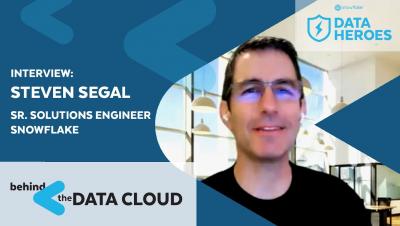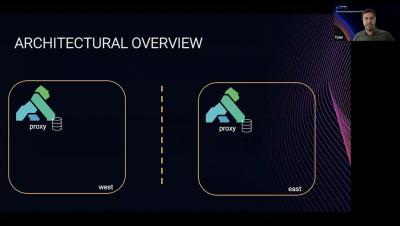Systems | Development | Analytics | API | Testing
%term
Comcast's Self-Service API Gateway Development Journey
Collaborative API Design and Testing with Insomnia
Mobile app or mobile website - which one performs better?
Mobile sales traffic is growing at an unprecedented rate. In retail and e-commerce, the only way to engage customers in the long-run is by creating intuitive, flawless, and enjoyable mobile shopping experiences that go beyond a single purchase.
How to Implement Xplenty In Your Data Stack
A Big Data stack has several layers that take your data from source to analytics tools. Extract, Transform, Load tools integrate data from sources into a data warehouse or lake. Business intelligence solutions use centralized data for their analytic needs. An ETL tool such as Xplenty offers a user-friendly experience for ingesting data from many sources, transforming it as needed, and sending it to the next layer. Here’s how you can implement this handy tool in your organization.
Top 5 Must-Have Features of Regression Testing Automation Tools
As the world moves forward, it wants to progress, more efficiency, more speed, and the same is the case with the software development industry. Every software development organization wants to save time, effort, and money at every step possible. Software Testing being a major part of software development also needs more efficiency. Thus, comes automation.
Automation: The Future of Work
Whether or not you know it, your organization is at a tipping point. On one side, siloed and inefficient business processes represent the status quo, and on the other, your organization needs to leave this status quo back where it belongs–in 2020–and rethink and reshape your business. Digital transformation is the Emerald City we’ve been marching towards for years, but the yellow brick road has been far more perilous than expected.
Jitterbit vs. MuleSoft vs. Xplenty: An ETL Tool Comparison
The major differences between Jitterbit, MuleSoft, and Xplenty: Extract, Transform, and Load (ETL) streamlines data integration by consolidating data from multiple sources, turning it into useful formats, and loading it into a centralized location. The world's most successful organizations use ETL to tame big data, produce visual data flows, and garner business-critical analytics. But with so many ETL tools on the market, which one should you choose?
The role of the IT Manager in Leading Digital Transformation
An A-Z Data Adventure on Cloudera's Data Platform
In this blog we will take you through a persona-based data adventure, with short demos attached, to show you the A-Z data worker workflow expedited and made easier through self-service, seamless integration, and cloud-native technologies. You will learn all the parts of Cloudera’s Data Platform that together will accelerate your everyday Data Worker tasks.










